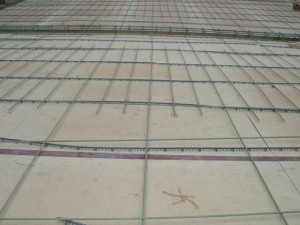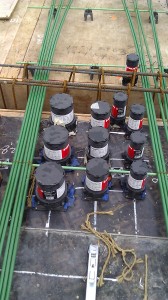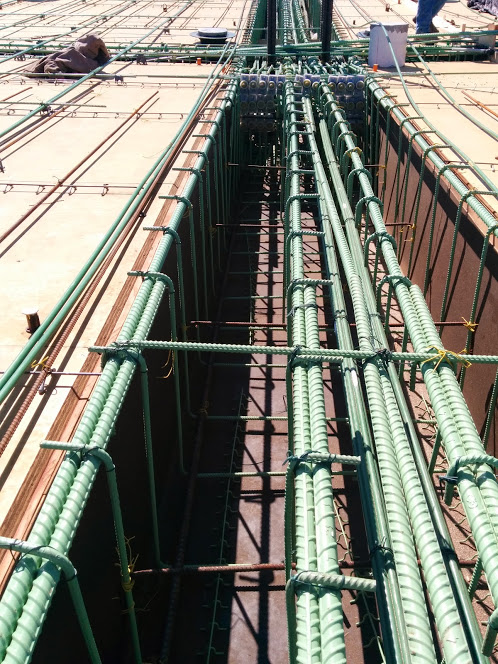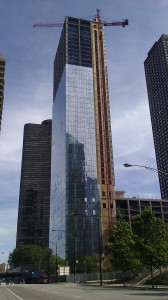In most post-tensioned residential buildings, there is a fair amount of coordination between the post-tensioning (PT) contractor and MEP trades. As a structural element, the PT tendons/anchors take precedence over MEP sleeves, openings/penetrations, embeds and even rebar. However, the PT system has some flexibility and can be shifted in order to accommodate the other trades.
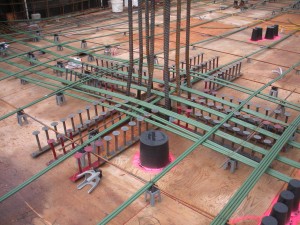
That said, there are some basic guidelines for MEP coordination with PT which are as follows:
- Per ACI318-11 #18.12.4 “For uniformly distributed tendons, spacing of tendons or groups of tendons in at least one direction shall not exceed the smaller of eight times the slab thickness and 5 feet.” (this does not apply to banded tendons)
- Per ACI318-11 #18.12.6 “a minimum of two 0.5-inch diameter tendons shall be provided in each direction at columns.” If this cannot be achieved, then the Structural Engineer will have to add rebar to “carry” the prestressing back to the column.
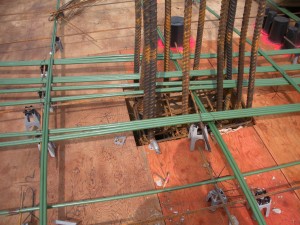
- The clear cover between the straight portion of the tendon and a (small) penetration should be greater than or equal to 1 inches. Increase the value to 3 inches for curved portion of the tendons.
- Per PTI recommendations, the clear cover between any tendon and large opening should be greater than or equal to 6 inches.
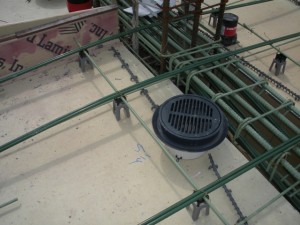
- Per PTI Manual 6th Edition figure #6.14, tendon sweeps with a slope greater than 1:12 around an opening will require #3 hairpins along the curved portion of the tendons. Keep 2” clear between individual tendons if the slope is greater than 1:12.
- Per PTI Field Manual #10.2, penetrations within the anchorage zone must use Schedule 40 steel pipe (or be relocated).
- MEP pipes/ducts that run through PT beams should avoid the tendon profile.
- It is advisable to treat a group of small slab openings as one large slab opening.
-Neel Khosa, Vice President
____________________________________________
Copyright © 2014 by AMSYSCO, Inc. All rights reserved.










